Inside the colored glass only 0.2mm to 0.3mm thick, another transparent layer of glass is blown. The person who created this new kise (covering) technique, known as the pokan method involving two blowers as one unit, was Kingo Nakamura, the first owner of Nakakin Glass.
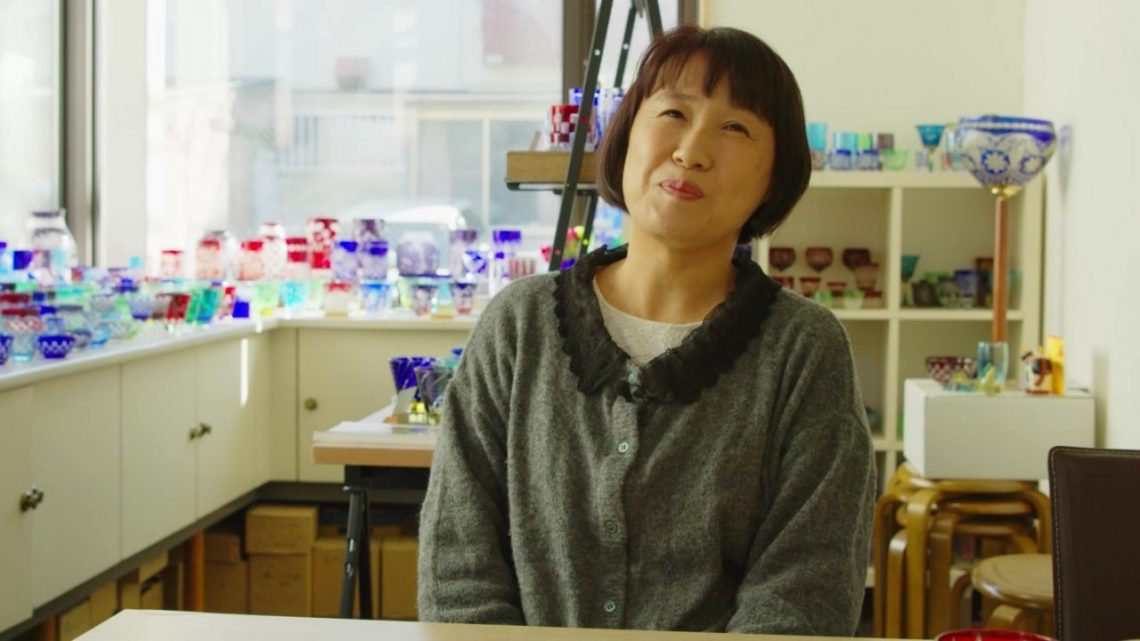
The covering is as thin as a sheet of cellophane, and it enhances the beauty of the kiriko cut glass patterns. The Edo kiriko cut glass industry, which traditionally concentrated only on transparent see-though glass, is now resplendent with gorgeous Nakakin kise glass.
The genius of the Nakakin Glass technique does not end with glass-blowing skills.
The work involved in “boiling” the silica sand, which forms the base material of glass, in crucibles at a temperature of 1,400-degrees Celsius is often equated to cooking. In the same way as professional chefs do not simply cook their wares in perfect alignment with recipes, it is also said that glass craftsmen need to build up experience and intuition in order to achieve the correct levels of vibrancy while producing glass that can be easily cut in the kiriko style.
The characteristics of the glass change depending on the minerals added to obtain the coloring. Being natural elements, the colors differ in accordance with a wide range of conditions, such as the region mined and the season, temperature and processing time. The temperature and processing time is adjusted while keeping a close eye on the color and hardness, with the entire process taking a full day and night to complete to ensure that there are no irregularities. The glass-blowing craftsmen check the level of “boiling” when they remove the molten glass from the crucible, and based on the level of pliancy achieved during blowing.
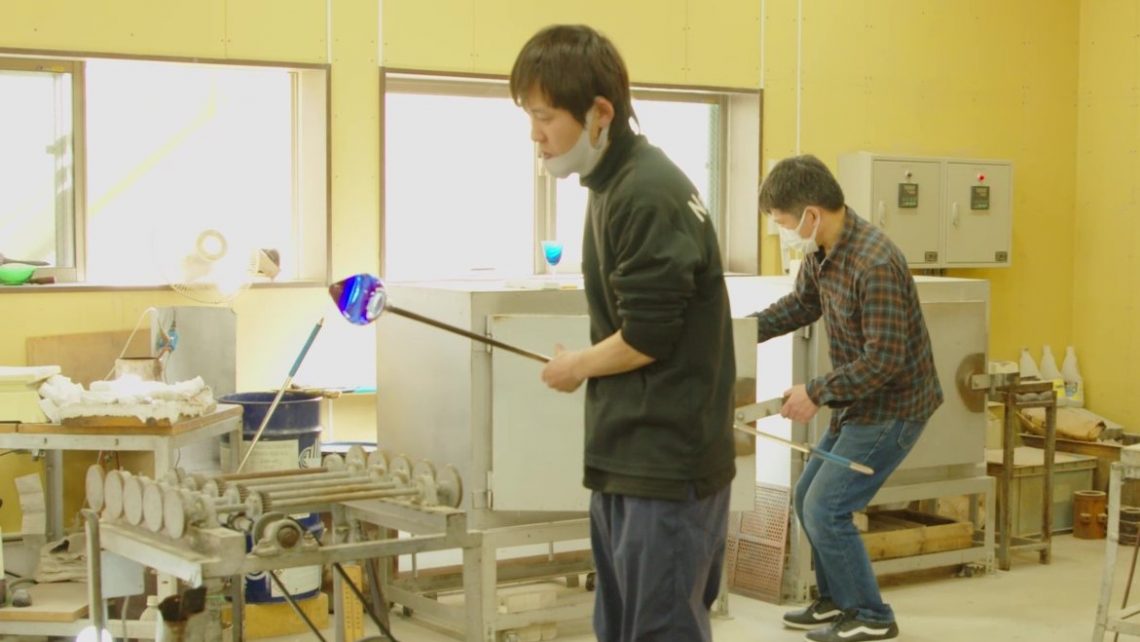
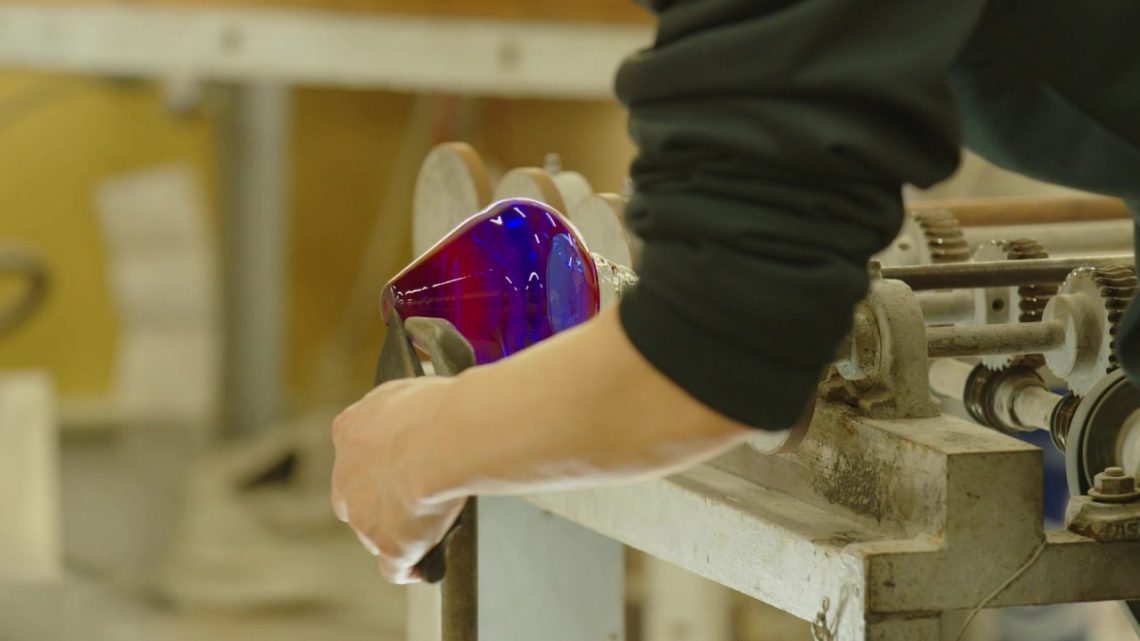
The kikiro glass-blowing craftsmen are highly acclaimed for the Nakakin glass they produce being “soft yet resilient, and easy to cut.”
Not only transparent glass is blown inside, but also a wide range of other colors, including gold, blue, green and pink. Overlapping this with other red, indigo, wisteria, green and plain coverings makes the original colors even more vibrant and produces a gently harmony.
There was a period when we were told that we can’t supply products to customers if there is even a slight difference in coloring.
However, having a degree of variance in color tones is nature’s providence. In the same way that everybody has different facial features, minerals also have their own individual expressions. Kingo’s granddaughter, Michiko Iwabuchi, explains that slight differences in color can be perceived as gifts of nature that should be enjoyed as one-in-a-lifetime encounters.
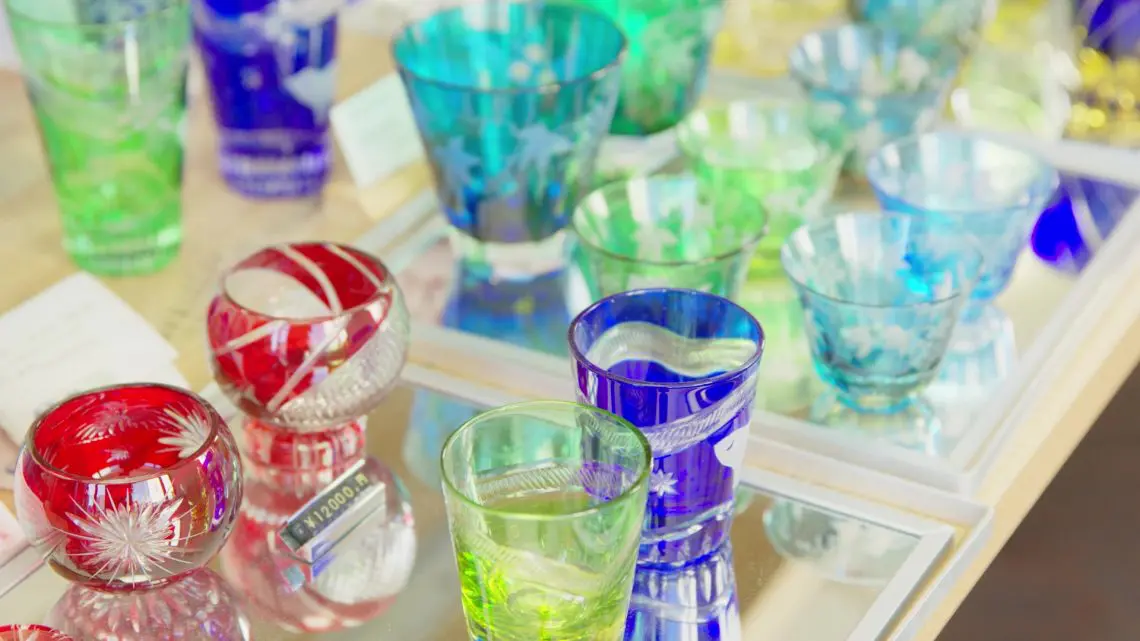
In addition to manufacturing the glass and providing it for wholesale, the company also performs all kiriko glass cutting processes and sells the end products in-house. Kingo’s grandchildren, who inherited Nakakin Glass, continue to be front-runners while preserving the traditions of kiriko glass cutting.
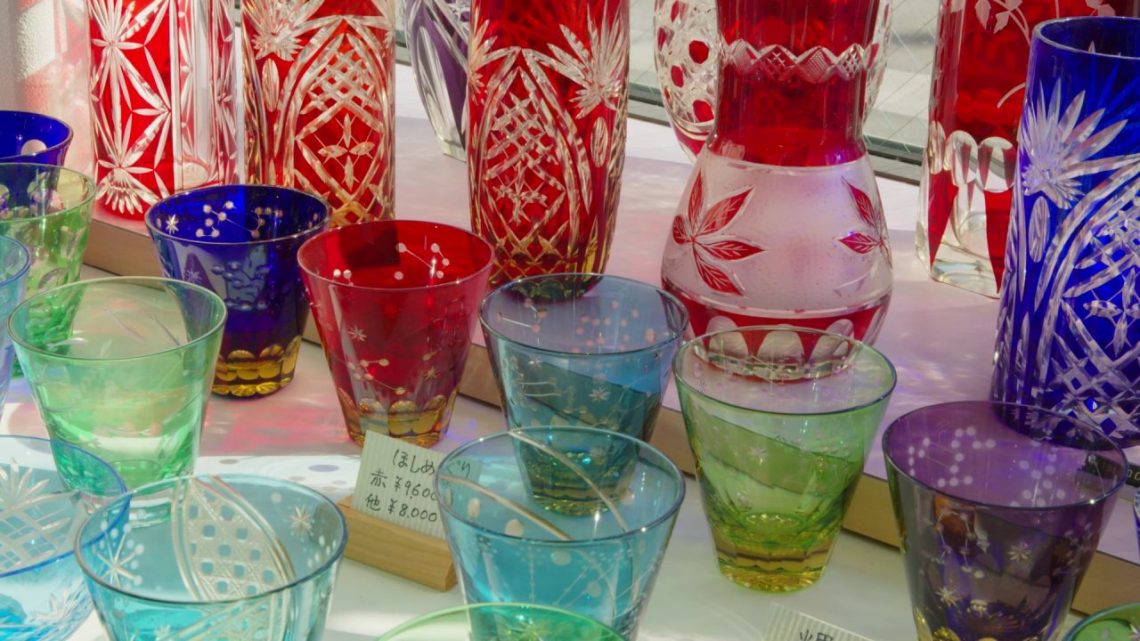
Nakakin Glass Inc.
2-11-29, Hirai, Edogawa-ku, Tokyo 132-0035
Tel:+81-3-3684-4611
Michiko Iwabuchi
info@nakakinglass.com
https://nakakinglass.com/wordpress/


